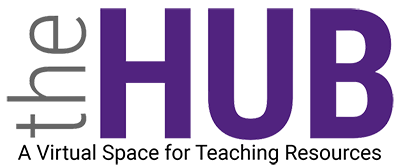Prompt Engineering Basics: https://lnkd.in/e3Ww6pDz ChatGPT Prompts Mastery: https://lnkd.in/eKzysUbR Intro to Generative AI: https://lnkd.in/eFP9u3xW AI Introduction…
As the name implies, cognitivism is grounded in cognition. This theory, which represents a move away from behaviorism, began in the late 1950s (Ertmer and Newby, 2013). It is concerned with learning processes, so the reception, organization, storage, and retrieval of information in the mind constitute the focus of this theory (Open University, n.d.). In cognitivism, learning is seen as more complex than the conditioned responses described in behaviorism, and learners are engaged in processing information and developing thinking skills (Open University, n.d.). This theory looks beyond observed behaviors and considers the role of mental structures and past experiences in formulating new understandings (Ertmer and Newby, 2013).
Cognitive learning theory purports that learning occurs when learners’ schemata are altered (Open University, n.d.). Ertmer and Newby (2013) write, “Learning is equated with discrete changes between states of knowledge rather than with changes in the probability of a response (p. 51).” In other words, for cognitivists, learning can be defined as a distinct change in what a person knows, not in how they perform or act. It’s a change in what a person understands, not a change in external observable behaviors, that matters.
Pedagogical Strategies Based in Cognitivism
Caroline Lawless (2019), writing for the blog LearnUpon, advocates the following strategies based on cognitive learning theory.
- Learning Through Discovery: Instead of simply serving the new information to your students, allow them to discover the knowledge for themselves. This kind of active learning builds stronger connections to previous knowledge than does passive learning.
- Creating Meaningful Experiences for Learners: For learning to be permanent, it must be meaningful. Therefore, it needs to relate to what the learners already know, their schemata, and why it’s important.

This Post Has 0 Comments